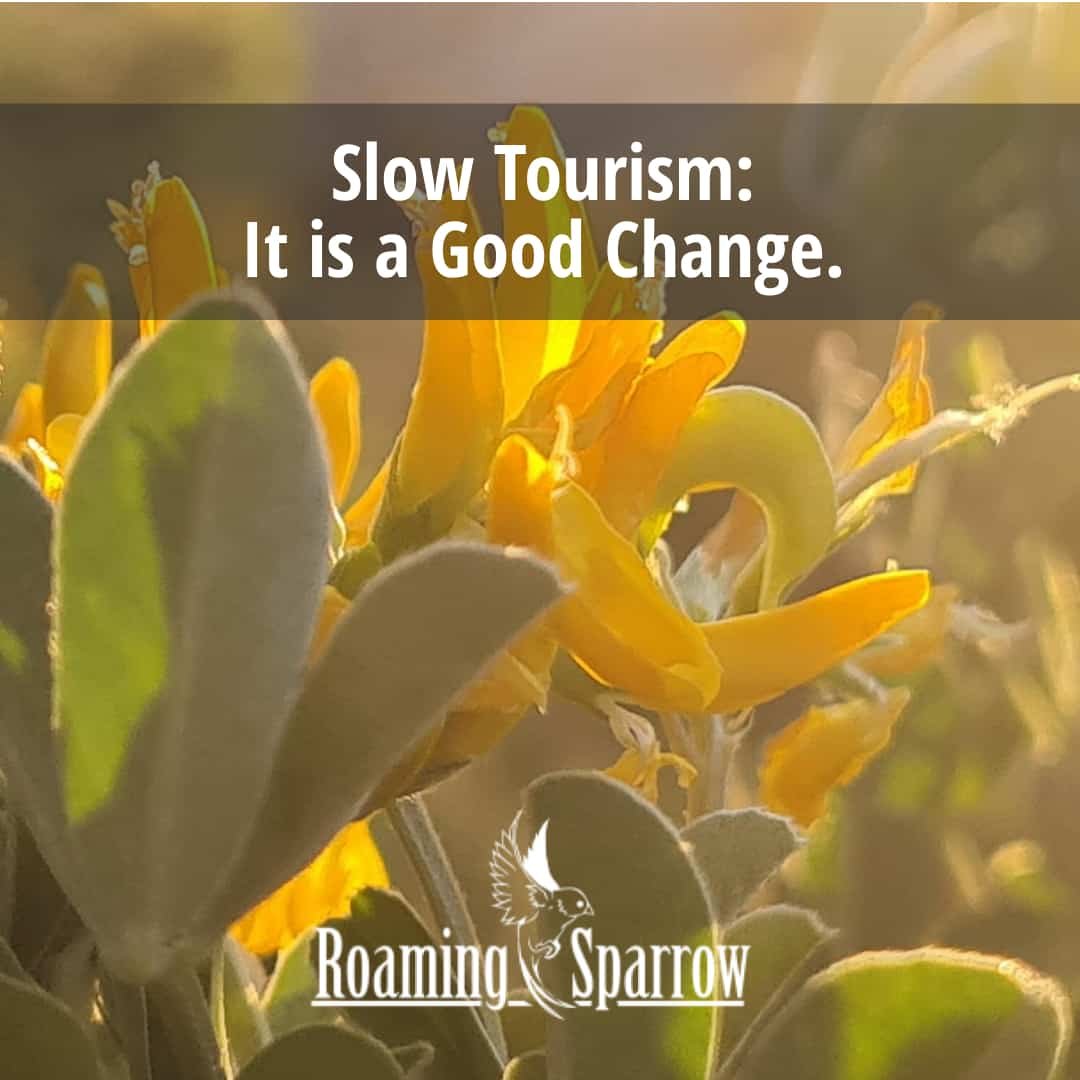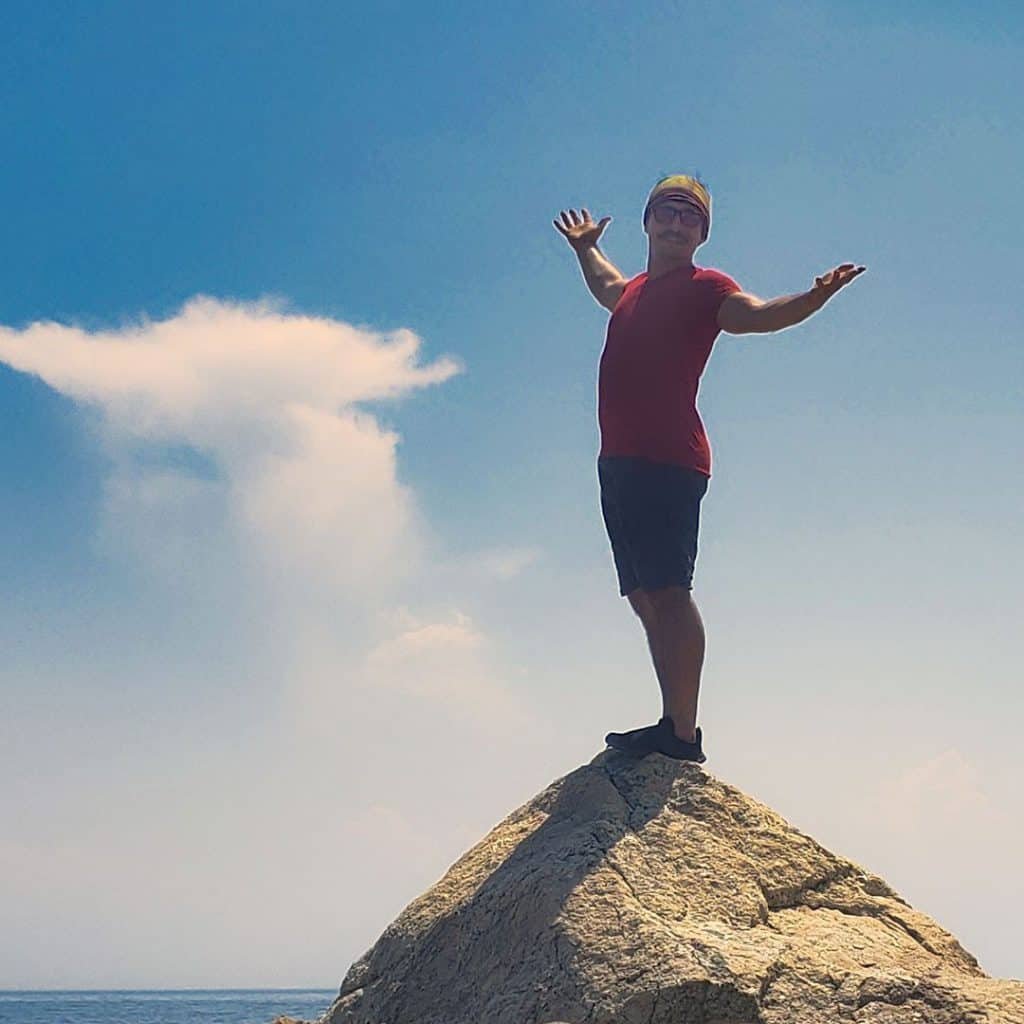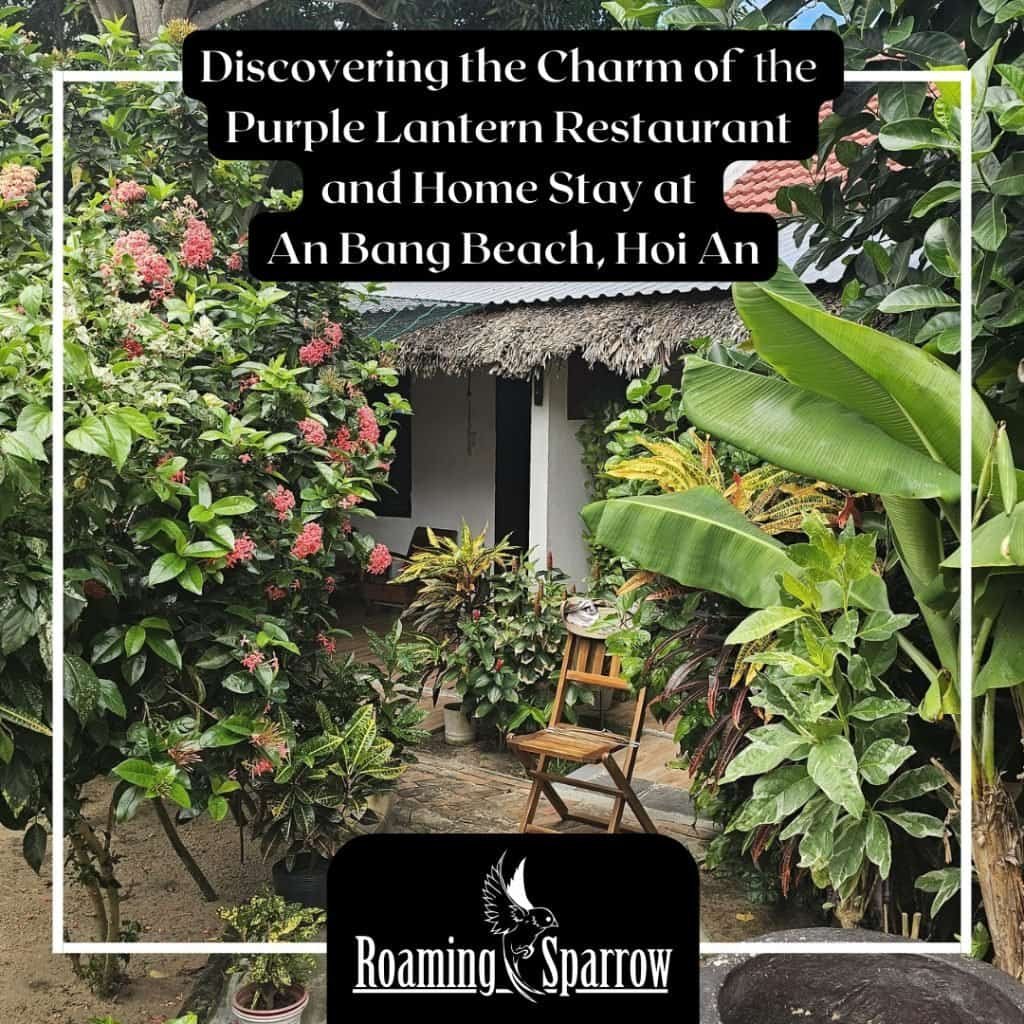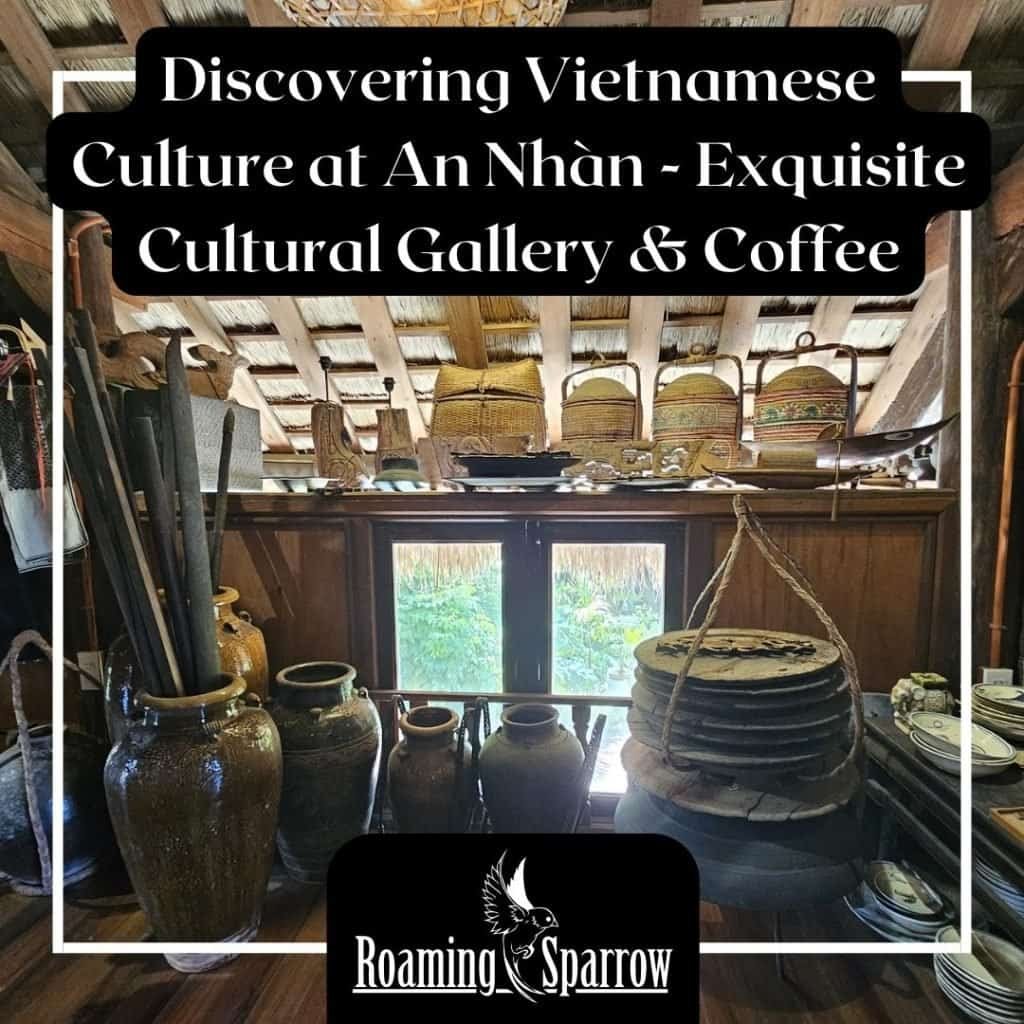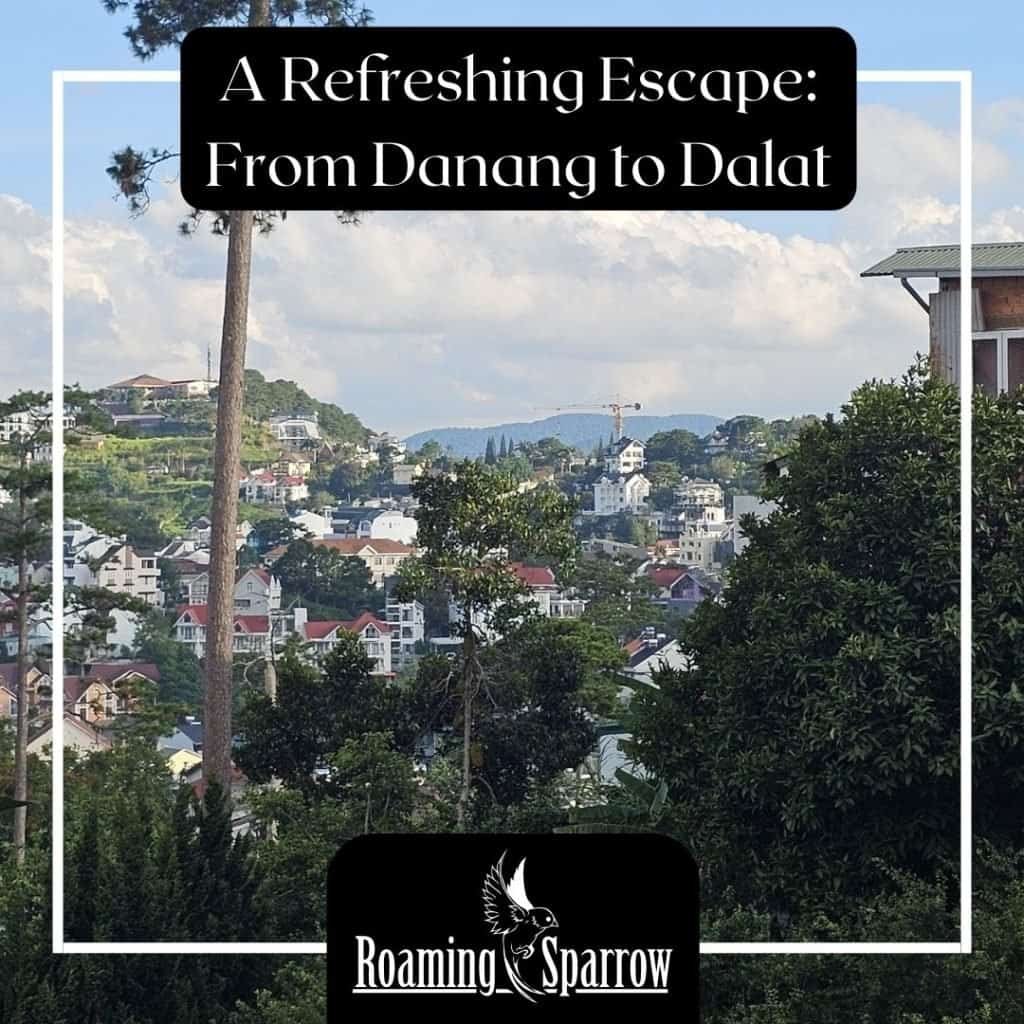Slow Tourism in 2022: It is a Good Change.
Slow tourism is a growing movement that encourages people to take their time when traveling. By slowing down, tourists can connect more with the places they visit, learn about the culture and make lasting memories.
For some of us, the idea of “slow tourism” brings to mind dozing on a beach for hours and eating ice cream out of a cone, or hikes in the woods with views of rolling hills. Slow tourism is an immersive travel experience where the traveler engages in slow-paced activities that can range from hiking to biking to cooking. Slow tourism is not just about visiting museums or taking guided tours; it is, but also about creating memories that are unforgettable and uniquely personal.
For myself, I find if I spend 2 – 3 weeks in a city, I start to feel like a local. I go to a few of the same restaurants, find my coffee shop to work in, and make sure I explore the city.
Here are some ways to experience slow tourism.
The Importance of “Slow Tourism”
Tourism is an essential part of the world economy. It’s a key driver of economic growth, and one that’s expected to grow significantly over the next decade. In fact, it’s predicted by 2030, international tourism will account for 8% of global GDP.
Yet, in an era where everything seems to be accelerating at warp speed, slow tourism is gaining traction as a counter-trend. Slow tourism is about immersive travel experiences where travelers engage in slow-paced activities that range from hiking to biking to cooking. It’s not just about visiting museums or taking guided tours; it’s about creating memories that are unforgettable and uniquely personal.
Slow Tourism Experiences
Experiencing slow tourism is all about slowing down the pace of life, to a point where one can fully experience what it’s like to live in a new place. This doesn’t mean taking things easy in your hotel room for the whole trip. Slow tourism is about immersing yourself in the local culture and truly experiencing what it’s like to be a local.
Here are 4 ways to get started:
1) Take it slow.
2) Live like you’re one of the locals.
3) Slow down food consumption.
4) Embrace your inner sloth.
How to plan a slow tourism trip
A slow tourism trip can be a lot of work if you over think it, but it is worth the planning like any trip. To get started, you’ll need to figure out what type of slow tourist you are. You may have a few different interests, or you might have only one that leads to your perfect vacation.
Knowing what type of slow tourist you are will help when you’re looking for a destination. For example, if you enjoy biking and hiking, then it might be a good idea to head to the mountains or upstate New York; if cooking is your passion and your favorite pastime, then maybe Italy or France would be the best place for you. If a long flight isn’t something you want to do at all, then stay closer to home with close-by, if you are in the US, then destinations like Canada or Mexico.
Figure out how much time off from work and school will be needed so that you can take full advantage of your adventure! The more time spent on planning, the better, because nothing is worse than being unprepared and feeling rushed. Try making a list of what you feel is necessary for your trip : personal items, clothing items, and the BIG travel expenses like airplane tickets and lodging fees, as well, dont froget to take camera equipment and items like a chargers and memory cards.
After you have the important items covered, it’s time for the fun part of slowing down.
1. Determine the slowest mode of transportation for the trip, train, buss, boat?
2. Try to stick to one destination or a small area.
3. Look for opportunities to walk or bike instead of using other forms of transportation like cabs or rapid tansit.
4. Avoid staying in big hotels and choose bed and breakfasts or Airbnb instead.
5. Most of all, slow down and take time to enjoy the local food, culture, and scenery.
Two great examples of “slow tourism” activities
There’s something to be said for slowing down and taking your time while on vacation. After all, what’s the point of rushing around and seeing everything when you can take it all in at a more leisurely pace? Here are two examples of “slow tourism” activities that can help you enjoy your vacation even more. The first is simply to take a walk around town or the countryside. This is a great way to see the local sights and get a feel for the area. And, if you’re feeling adventurous, you can always explore off the beaten path.
Another great example of a destination for slow tourism is a local community park. Instead of racing from attraction to attraction, take some time to relax in a local park and people watch. You might be surprised by the interesting characters and stories you encounter! Myself, just sitting and dawing at a local park, I made severial new friends who then intruduced me to some new locations.
Additional ideas for the Slow travle lover!
- Take a walk around the town or city with no set goal.
- Visit a local flea market on Sunday
- Have a picnic in your local park
- Cook a meal using local ingredients
- Visit a farm
- Take a day trip to a nearby town or city
- Draw or paint what you see around you
- Write in a journal about your thoughts and experiences
- Spend time with friends and family just being…
- Listen to local music or storytelling
There are many other ways to enjoy the Slow travel lifestyle. You can go on scenic walks, enjoy picnics in the park, visit museums and art galleries, take bicycle rides through the countryside and soak up the natural beauty around you. By slowing down and taking your time to experience all that life has to offer, you’ll open yourself up to new and wonderful adventures. The key, just relax and enjoy it.
Summary About Slow Tourism
Although slow tourism has yet to be fully defined, the consensus is that it is a movement that encourages people to travel at a more leisurely pace, learn about the culture and history of the places they visit, and spend more time interacting with the people who live there. This type of tourism is a backlash against the hurried, tourism-focused way of life that has become the norm in most parts of the world. Proponents of slow tourism believe that it can help to preserve traditional cultures, protect the environment, and create more sustainable economies. It’s about creating memories that are unforgettable and uniquely personal.
In conclusion, slow tourism is a growing trend that more and more people are adopting as a way to enjoy their travels. By slowing down and taking the time to experience everything a destination has to offer, travelers can get a much richer and more authentic experience. There are many benefits to slow tourism, including reducing stress levels, promoting sustainable practices, and encouraging cultural exchange.
What are your thoughts about this?
If you enjoyed this article you may enjoy reading this one about a walk I went on : A walk Across Athens and up Mount Lycabettus

